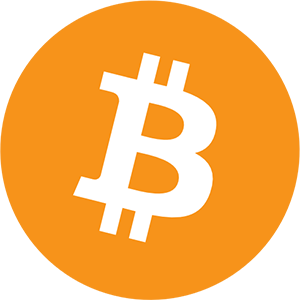With Stripe acquiring Bridge and PayPal integrating PYUSD for merchant payments, 2025 is quickly shaping up to be a pivotal year for stablecoins. These moves come amid a surge in stablecoin usage, with more than $33 trillion in transactions processed last year—outpacing traditional networks like Visa and Mastercard.
Analysts and institutions alike are beginning to frame stablecoins not just as a crypto tool, but as a foundational piece of the growing financial system. Standard Chartered has projected that the stablecoin market could grow to $2 trillion by the end of 2028, from the current $230 billion.
A Practical Tool for Global Transactions
Stablecoins, typically pegged to fiat currencies like the U.S. dollar, have proven their utility in cross-border payments and remittances. Their promise lies in enabling fast, low-cost transactions globally.
For instance, sending $200 from the U.S. to Nigeria via stablecoins may cost less than a cent, compared to over $7 using traditional methods. In a world with over a billion unbanked individuals, this efficiency could be transformative.
Market Leaders and Growing Diversity
Today, Tether’s USDT and Circle’s USDC dominate the market with an 89% share, and both are dollar-backed. However, new entrants such as EURC and XCHF—tied to the euro and Swiss franc—are expanding the concept’s reach.
With the possibility of a stablecoin law under the next U.S. administration, institutions, enterprises, and governments could join the ecosystem, unlocking competition and driving innovation.
Today, we’re unveiling a new stablecoin, PayPal USD (PYUSD). It’s designed for payments and is backed by highly liquid and secure assets. Starting today and rolling out in the next few weeks, you’ll be able to buy, sell, hold and transfer PYUSD. Learn more https://t.co/53RRBhmNHx pic.twitter.com/53ur2KmjU7
— PayPal (@PayPal) August 7, 2023
Regulatory Momentum Builds in the U.S.
Even major banks are paying attention. Bank of America recently signaled it may issue its own stablecoin, should legal clarity emerge. Bipartisan discussions in Washington suggest legislation could arrive within President Donald Trump’s first 100 days in office.
Deloitte has echoed this momentum, calling 2025 “the year of stablecoins,” citing rising market capitalisation, swelling transaction volumes, and positive signals from regulators.
Boosting Demand for U.S. Treasuries
The implications go beyond payments. Stablecoin issuers have become significant buyers of U.S. Treasury notes, holding over $120 billion in 2024. That’s more than countries like Germany or South Korea. These digital dollar proxies are not only reinforcing global demand for the greenback but also offering the U.S. government a novel way to strengthen its debt markets and dollar dominance.
🚀The stablecoin market cap has surged 32% in the past 6 months, climbing from $168.78 billion to $223.61 billion. With M2 now at $21.76 trillion, stablecoins make up 1% of the global money supply. 💸 Are we on the brink of seeing on-chain assets challenge the traditional… pic.twitter.com/KCGIKbCQ4j
— SoSoValue (@SoSoValueCrypto) April 24, 2025
User Adoption on the Rise
A report from Artemis and Dune highlights how user engagement has grown. Active stablecoin wallets have jumped 53% this year, from 19.6 million to 30 million. Monthly transfer volumes more than doubled year-over-year in February, reaching $4.1 trillion. Growth is being driven by both institutional adoption and broader accessibility, particularly in payments and DeFi applications.
Stablecoins Bridge Finance and Crypto Growth
Stablecoins are increasingly bridging traditional finance and the decentralized economy, offering a stable alternative to volatile cryptocurrencies for both individuals and institutions. With regulatory frameworks developing and major players entering the space, stablecoins are moving beyond experimentation to become a critical layer in global finance.
As the ecosystem matures, early adopters strengthen their positions while new entrants prepare to join, making 2025 a pivotal year for stablecoins to take center stage in digital money.
This article was written by Mohadesa Najumi at www.financemagnates.com.CryptoCurrencyRead More
You might also be interested in reading Bitcoin Price Holds in Range: Can Bulls Launch a Recovery?.


